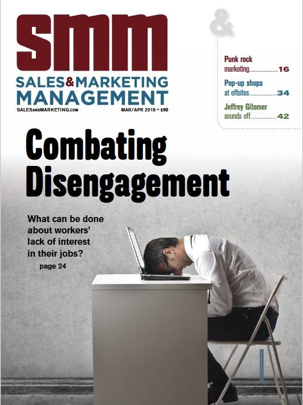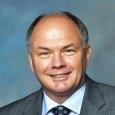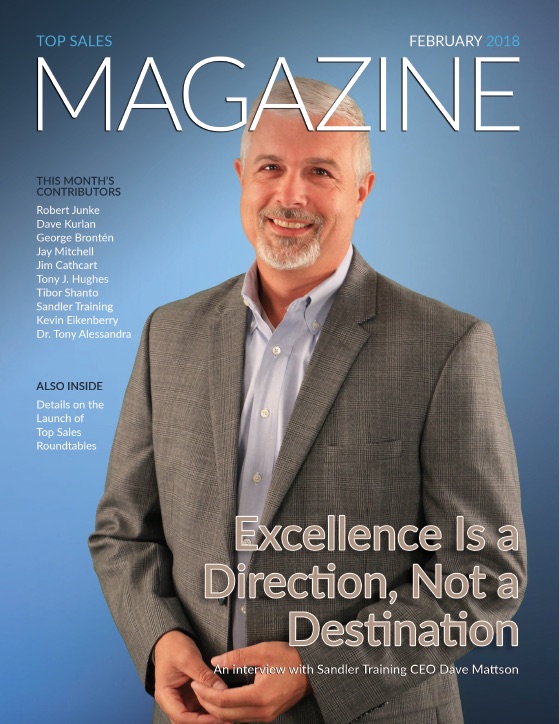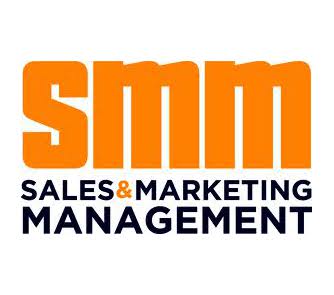Pat Ryan is the general manager of
Axway North America, a technology company that helps customers move, integrate and expose data securely and reliably in support of critical business exchanges with their business community and within their enterprise. Mr. Ryan has an extensive background in sales, with more than 20 years’ experience in sales leadership positions.
I have been at Axway for five years, initially as the senior vice president of sales and now as general manager of our North America business. In the past five years there has been an unprecedented pace of change in our industry. Our customers must absorb and process increasingly large amount of data, address sophisticated security threats, and have the analytics and insight to support narrowing transactions windows — while exposing new channels offered or consumed via a hybrid integration platform founded on integral API and micro service backbone.
Dealing with the pace of change and continuous evolution is not unique to my experience or to Axway. Many other strategic, high-level positions, from CROs, CIOs, CMOs and CSOs, are experiencing similar industry shifts with similar challenges and opportunities.
The following are some observations that may benefit others who are responsible for generating revenue and profitable growth for their organizations.
Customer value is always shifting.
My primary job is to deliver customer value. To do this successfully, I must continually look for ways to help my customer improve their business. It is critical to keep your business and technology skills sharp. I always try to keep an eye on how innovation will help our customer meet their business objectives: What upcoming changes will our customers face? The upcoming trends in their industry? How can we continue to help our customers make and save money and protect their brand? What are future problems our customers may face that we could help them solve?
It is critical with the pace of change in our industry to keep your skills sharp. This means that you must have an intelligent curiosity to understand the challenges of the market you call on and how your solutions can be applied to deliver positive business outcomes.
At Axway, our customers do not make a one-time technology purchase of a “thing.” They buy business solutions, increasingly as a service in the form of a subscription, which means we must provide value from the start to forever in order to win and maintain their business. We strive to stay true to our value and to protect our customers’ prior investments while offering new ways to consume and offer our solutions. I often say we are not in revolution, we are in evolution aligned with the industry and where our customers are going. For example, the shift to digital and mobile has given us the opportunity to enhance our industry-leading integration solutions to support new channels of communication and collaboration for our customers.
The successful seller today realizes that it is all about the customer and their business needs with the ability to clearly link the value of their solution to positive business outcomes. The challenge and opportunity for sales professionals becomes: Are you customer-centric? Do you invest the time to keep your skills sharp? Are you maintaining relevance? If not, you will become a dinosaur very fast.
It takes a village to deliver customer delight.
The internet is a valuable tool allowing customers and prospects to effectively research products, changing the seller’s role from “product educator” to “solution provider.” In many cases, when a seller engages a prospect today the buyers have already formed a solution vision. Therefore, the seller’s ability to provide a strong point of view of how their solution can deliver a better business outcome than their competitor is the new standard. Understanding the solution and technology remains important, but more important is the ability to link technology to solving business problems.
As an effective leader, you must have right people in the right place to support the new customer buying process. “It takes a village” rings true today as customer buying shifts from traditional software license sales to SaaS. There must be intense focus on customer success, through sales cycle and delivery, to adoption and expanding the solution. Our customer delight team is composed of sales, presales consultants, professional services and customer success managers all focused on delivering the solution. Today’s buyer expects fast time to value, flexibility to add new capabilities in term, security/compliance as essentials, wide adoption of the solution and measurable return on investment. An analogy a former mentor coined is that “the best sellers are CEOs of their territory” — they develop and formalize their plan, communicate it well with the cross functional team and customer, and work collaboratively to deliver value and delight to their customers.
Don’t be left behind.
If you succumb to the notion that you have it all figured out and have not adopted a continuous learning philosophy you and your team will be passed by in the proverbial New York minute.
Successful technology companies are always seeking to improve quality, agility, support, best practices, methodologies and tactics to meet customer demands. Even when looking back three to five years, one can see significant shifts in our customers’ needs and buying patterns. If you are locked into what was successful in the past, you will likely miss opportunities to provide more value to your customers and catalysts that will help drive innovation that extends the value of your solutions. Without question there is a shift in customer expectation of success that is clearly focused on business outcomes and not features, functions and benefits.
I recently read an article where many industry leaders like Bill Gates and Warren Buffet have adopted the five-hour rule for continuous learning. Ben Franklin, throughout his adult life, devoted one hour every workday to deliberate learning, hence the five-hour rule. No matter how much an organization commits to systemic training and enablement it will not replace the individual commitment to self-learning.
In short, today’s economy and market demand that you to be adaptable, passionate and dedicated to creating customer success. What you did yesterday doesn’t guarantee success for tomorrow.














